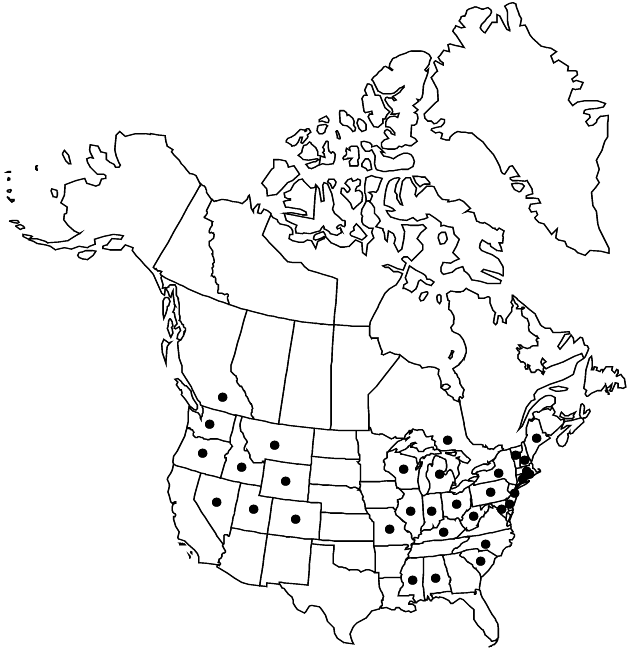Difference between revisions of "Tanacetum parthenium"
Tanaceteen, 55. 1844.
imported>Volume Importer |
imported>Volume Importer |
||
| Line 65: | Line 65: | ||
|publication year=1844 | |publication year=1844 | ||
|special status=Introduced | |special status=Introduced | ||
| − | |source xml=https:// | + | |source xml=https://bitbucket.org/aafc-mbb/fna-data-curation/src/2e0870ddd59836b60bcf96646a41e87ea5a5943a/coarse_grained_fna_xml/V19-20-21/V19_818.xml |
|tribe=Asteraceae tribe Anthemideae | |tribe=Asteraceae tribe Anthemideae | ||
|genus=Tanacetum | |genus=Tanacetum | ||
Latest revision as of 19:56, 5 November 2020
Perennials, (20–)30–60(–80) cm. Stems 1–3+ (ridged), erect, branched (usually glabrous proximally, puberulent distally). Leaves mainly cauline; petiolate; blades ovate to rounded-deltate, 4–10+ × 1.5–4 cm, usually 1–2-pinnately lobed (primary lobes 3–5+ pairs, ± ovate), ultimate margins pinnatifid to dentate, faces (at least abaxial) usually puberulent, gland-dotted. Heads 5–20(–30) in corymbiform arrays. Involucres 5–7 mm diam. Ray florets 10–21+ (more in “doubles”), pistillate, fertile; corollas white, laminae 2–8(–12) mm. Disc corollas ca. 2 mm. Cypselae ± columnar, 1–2 mm, 5–10-ribbed; pappi 0 or coroniform, 0.1–0.2+ mm. 2n = 18.
Phenology: Flowering Jun–Nov.
Habitat: Disturbed sites, urban areas, roadsides, fields, abandoned plantings
Elevation: 10–1900 m
Distribution

Introduced; B.C., Ont., Ala., Colo., Conn., Del., Idaho, Ill., Ind., Ky., Maine, Md., Mass., Mich., Miss., Mo., Mont., Nev., N.H., N.J., N.Y., N.C., Ohio, Oreg., Pa., R.I., S.C., Utah, Vt., Wash., W.Va., Wis., Wyo., Eurasia, n Africa, widely naturalized in New World and Old World.
Discussion
Tanacetum parthenium is widely cultivated throughout North America.
Selected References
None.